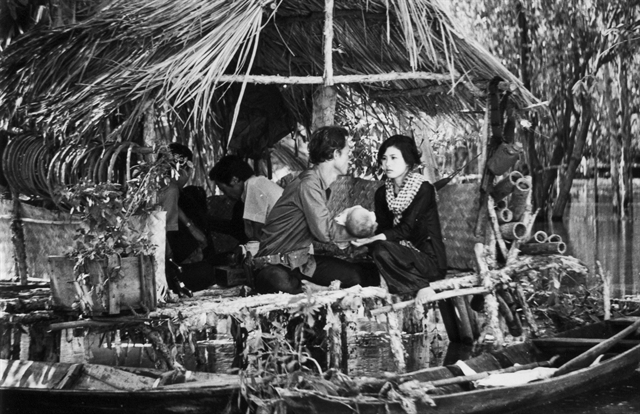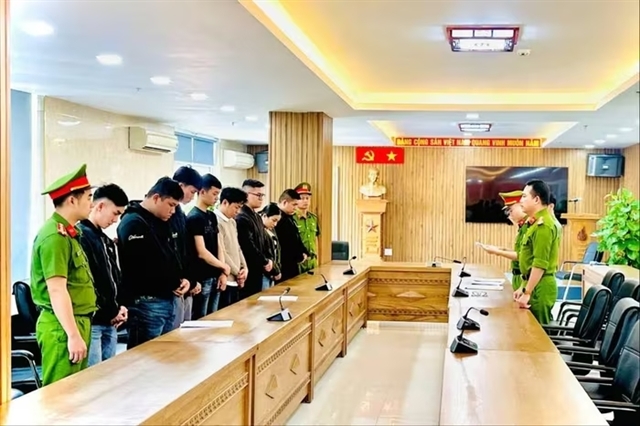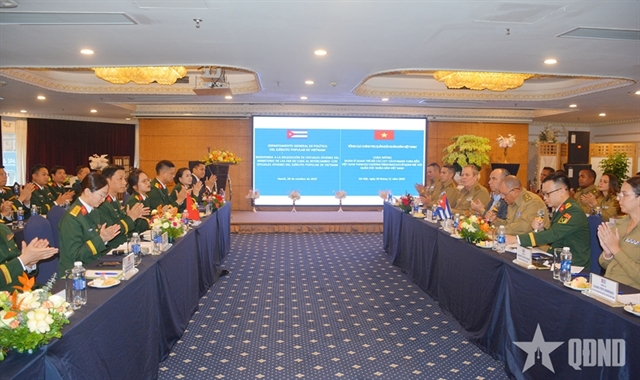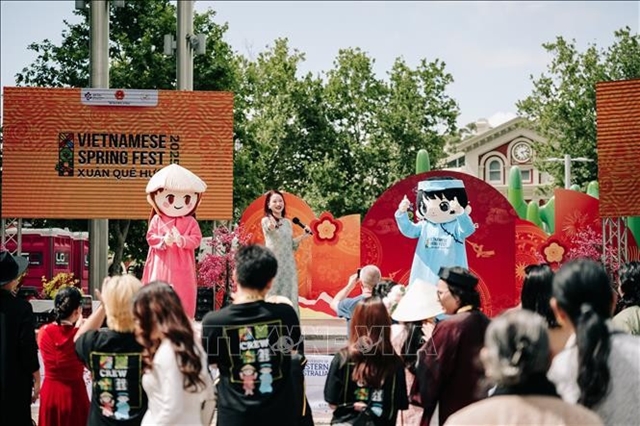 Features
Features

Storing and restoring film is a way for cinema to become the living heritage of a nation. This requires financial and human resources but is also an urgent requirement for the Vietnamese cinema industry, according to experts.

|
| Movie Cánh Đồng Hoang (The Wild Field) by director Hồng Sến in 1979. Photos thegioidienanh.vn |
Storing and restoring film is a way for cinema to become the living heritage of a nation. This requires financial and human resources but is also an urgent requirement for the Vietnamese cinema industry, according to experts.
While film businesses and theatres have long since transitioned to digital, state-owned film archive units are still in the early stages of the digital process.
The Fourth Industrial Revolution has had a profound and comprehensive impact on all fields of society and cinema is no exception, according to Nguyễn Xuân Dư, deputy head of the Việt Nam Film Institute (VFI).
“Vietnamese archive units struggle to store and restore films,” Dư said. “The units have to continue storing film in the traditional way and get access to digital technology.”
Films have been stored at state-owned studios and television stations. All films made using the state budget are stored at VFI. At present, VFI stores some 80,000 films and only a third of them have been digitalised.
Due to the impact of rapid technological changes, each film archive unit has different approaches to technology that suits its situation in making the transition from film to digital, according to Dư.

|
| A scene of Đừng Đốt (Don't Burn) by Đặng Nhât Minh. It is among Vietnamese films to be digitalised. |
He also stressed the significance of film conservation because it is deeply related to the development of a nation.
The Hồ Chí Minh Museum stores more than 30,000 original films about President Hồ Chí Minh. This is a national treasure containing many irreplaceable values but it is not easy to ensure their longevity in Việt Nam's hot and humid weather, according to Nguyễn Hương Giang, deputy head of the museum’s Inventory Division.
“To digitalise films at the museum is an inevitable trend,” Giang said. “Film digitalisation will be convenient for extraction without affecting the original film.”
In addition, a large number of documentaries, including films made by the Việt Nam Liberation Army Team, the predecessor of the Việt Nam People’s Army, and films by Sài Gòn regime troops are in the People’s Army Cinema's store.
“Army cinema filmmakers were present at fierce battles in the war against American to show truthful scenes of the enemy shooting,” said Major Nguyễn Thị Mai, deputy head of the People’s Army Cinema’s Archive Division.
Until 1997, documentaries by the army cinema were stored in cool conditions, but the store’s humidity and temperature monitoring systems and devices have fallen below standards. Many documentaries have become degraded and can't be used, according to Mai.
“Tens of thousands of films are not only valuable to the army but they are also the heritage of the nation. We will carry out film digitalisation gradually whilst still restore films.”
Film digitalisation not only helps store classic movies but also makes them accessible to viewers.
Recently, the digitalised film Tuổi Dại (Green Age) was restored from 35mm original by its director Thái Thúc Hoàng Điệp after being stored in Hong Kong for a long time.
It was made in 1974 about students in Sài Gòn. The digitalised film was published on YouTube in April.
Last month, children watched a large number of Vietnamese animations on VTVGo.
In June, the Việt Nam Film Development Association and Việt Nam Television Digital helped screen digitalised classic movies such as Vợ Chồng A Phủ (The A Phủ Couple), Chị Tư Hậu (Ms Tư Hậu), Làng Vũ Đại Ngày Ấy (Once Upon a Time in Vũ Đại Village), and Đừng Đốt (Don't Burn). Almost all of them were made a few decades ago.
“It was a surprise to watch Vietnamese classic movies online,” said Nguyễn Thị Ngọc, an audience in Ba Đình District. “Plus, watching animations online is meaningful for children in summer.”
Ơ Kìa Hà Nội Film Production by director and producer Nguyễn Hoàng Điệp is working with the VFI and VINIF Fund to carry out a project on digitalise film to preserve Vietnamese cinema heritage.
Điệp also expressed her concern about conservation of Vietnamese films.
“The degradation of cellulose film is inevitable,” said Điệp. “Cellulose film is the most brilliant but also the most fragile.”
"Conservation of cinema heritage cannot be done quickly but is a long journey which will need help from the authorities, organisations and filmmakers," said Điệp. VNS

|
| Movie Làng Vũ Đại Ngày Ấy (Once Upon a Time in Vũ Đại Village) by director Phạm Văn Khoa in 1982. Photo youtube.com |




